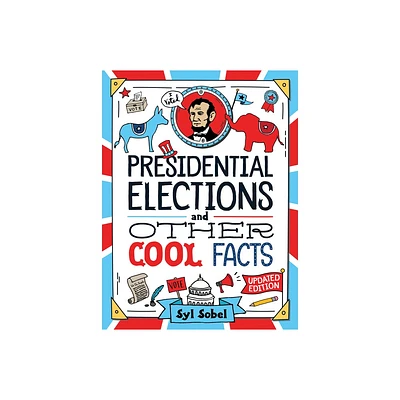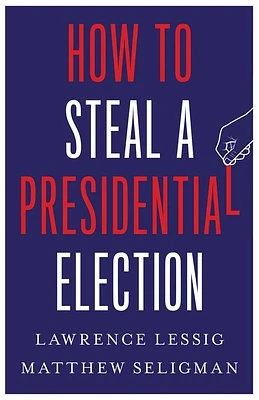Home
Images, Issues, and Attacks: Television Advertising by Incumbents and Challengers in Presidential Elections
Loading Inventory...
Barnes and Noble
Images, Issues, and Attacks: Television Advertising by Incumbents and Challengers in Presidential Elections
Current price: $51.99


Barnes and Noble
Images, Issues, and Attacks: Television Advertising by Incumbents and Challengers in Presidential Elections
Current price: $51.99
Loading Inventory...
Size: OS
*Product Information may vary - to confirm product availability, pricing, and additional information please contact Barnes and Noble
Images, Issues, and Attacks
explores important differences between incumbents and challengers in the uses of televised advertising in modern presidential elections. Elections since 1956 can be divided into three categories: elections with strong incumbents, the incumbent wins; elections with weak incumbents, the incumbent loses; and elections with surrogate incumbents, the vice president runs. Incumbent and challenger advertising emphasizes personal imagery, links the imagery to specific issues, and attacks rivals for opposing those images and issues. The first part of the book describes how incumbents and challengers used these themes in the elections from 1980 to 2000. The second part applies those findings to the 2004 election and shows how George W. Bush presented himself as a strong incumbent and how he and his challengers varied their mix of images, issues, and attacks over different periods of the election campaign.
explores important differences between incumbents and challengers in the uses of televised advertising in modern presidential elections. Elections since 1956 can be divided into three categories: elections with strong incumbents, the incumbent wins; elections with weak incumbents, the incumbent loses; and elections with surrogate incumbents, the vice president runs. Incumbent and challenger advertising emphasizes personal imagery, links the imagery to specific issues, and attacks rivals for opposing those images and issues. The first part of the book describes how incumbents and challengers used these themes in the elections from 1980 to 2000. The second part applies those findings to the 2004 election and shows how George W. Bush presented himself as a strong incumbent and how he and his challengers varied their mix of images, issues, and attacks over different periods of the election campaign.


















